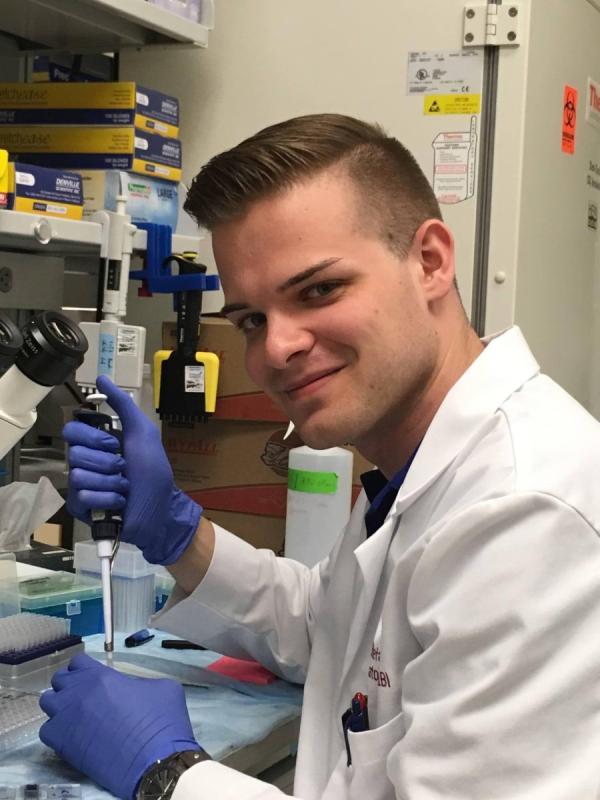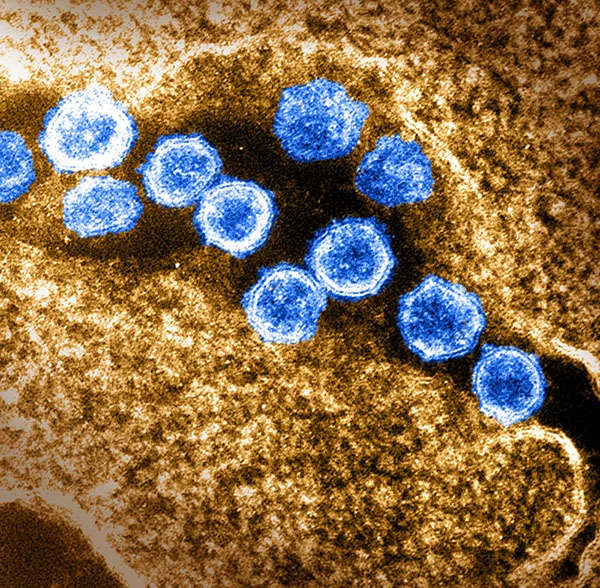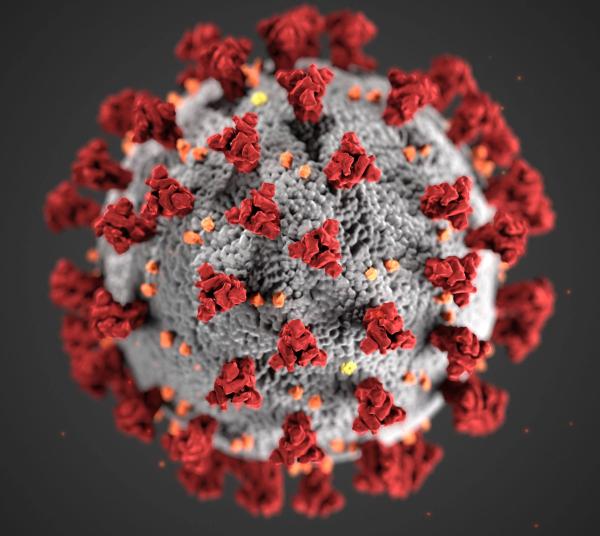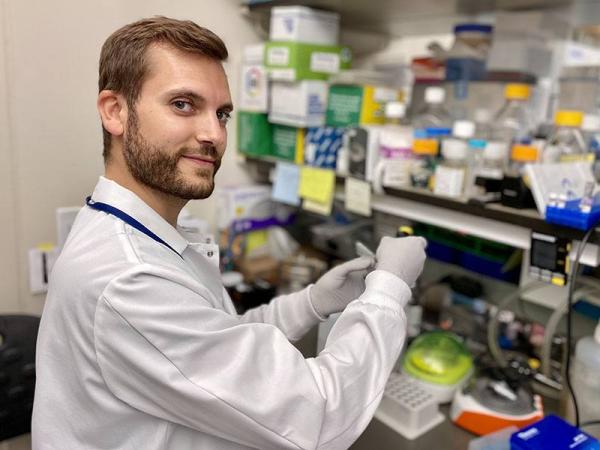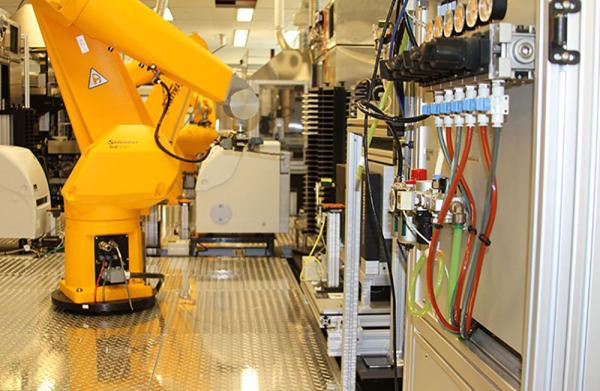Postdoc Profile: From Bench to Bedside and Back Again
Dr. Stefan Barisic Turns Laboratory Discoveries into Kidney Cancer Treatments
The Laboratory of Transplantation Immunotherapy sits at the heart of the NIH Clinical Center, just down the hallway from the Southeast inpatient unit. Here, IRP postdoctoral research fellow Stefan Barisic, M.D., labors at the bench with the goal of creating practical treatments for kidney cancer patients. Having such proximity to his patients was one of the chief attractions of working at NIH for Dr. Barisic.
“The NIH Clinical Center is an amazing place because it has all the resources you need to go from the bench to the bedside and back to the bench all in one building,” says Dr. Barisic.

